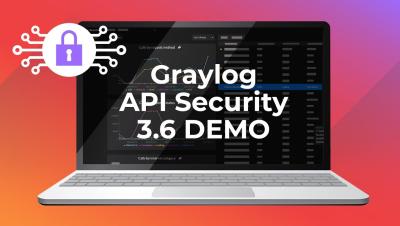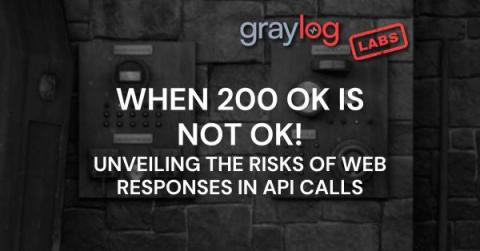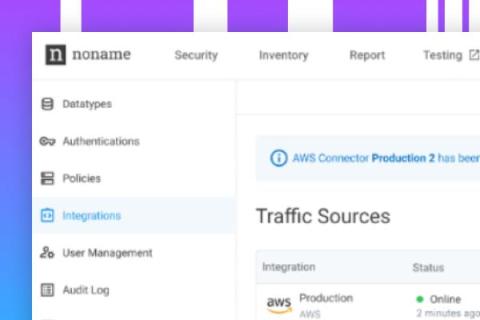Redefining SAST: When AppSec Meets Developer Experience
Today, the speed and quality of software delivery are more critical to business success than ever. This highlights the importance of integrating security within the development lifecycle to maintain high velocity. In the ongoing race to extract business value from software and technology, the agility and efficiency of development teams are vital. Static Application Security Testing (SAST) plays a key role in this context, providing a vital tool for secure development.











